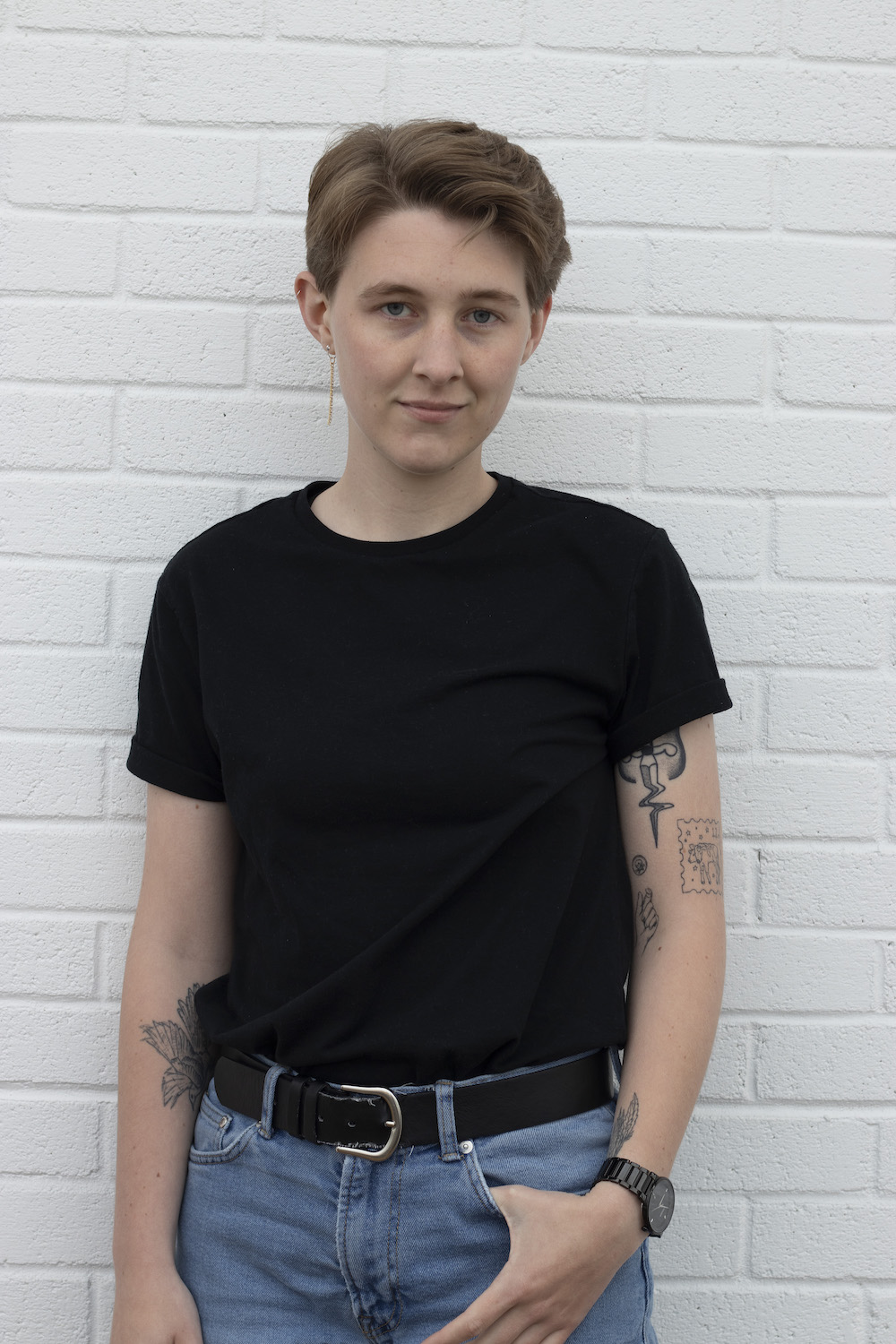You’ve put in the work to edit your video and it’s finally ready for the world. Of course, you can’t just send the raw project file — it’s too massive for email, and most platforms snub that kind of thing.
Time for your last step: the export. Feeling lost about which format to choose? Don’t sweat it. Let’s break down what you need to know before you hit that share button.
What is the best format for exporting a video?
There’s no single best format—what matters is how you’ll share or view the video. For most people, an MP4 file (using the H.264 codec) is an ideal balance of high-quality video and small file size. It’s also widely compatible across platforms, so you rarely need special software to play it. If you’re planning pro-level editing later, formats like MOV can preserve more quality but may create bigger files and require specific software to open.
Here’s a rundown of some of the most common formats used for social media, YouTube, and beyond:
- MOV: MOV files, an invention from our friends at Apple, can get pretty large since they’re capable of storing top-notch video and audio. They’re also easily editable since separating them into their individual tracks is a fairly straightforward process. MOV is the best video format for Facebook, along with MP4. If you’re looking to export video for YouTube, Instagram, or TikTok, MOV is also a solid choice.
- AVI: The AVI was developed by Microsoft in the ’90s, and while it’s an oldie, it’s still a goodie. AVI files are widely supported by video editing programs (Adobe Premiere Pro, iMovie, and Descript, to name a few), though they can also get pretty hefty when uncompressed. AVI isn’t a great choice for social unless you plan to upload to YouTube, where it’s a supported format.
- MP4: The MP4 is a widely accepted video format that allows you to store high-quality video with a high amount of compression, meaning smaller file sizes. MP4 can also store metadata like subtitles and stills, making it the most popular choice for everyday use. You can easily upload .MP4 files to Facebook, Instagram, TikTok, and YouTube. The only drawback with MP4s is that, because they contain a lot of audio and video data, they can occasionally crash software if you’re trying to edit them.
- GIF: Ah, the Graphics Interchange Format. You know what this guy’s all about — quick, loopable moments you can post on Twitter and the like. GIFs are easily shareable because they’re so small, but by the same token, it’s pretty hard to squeeze high quality out of them. Look elsewhere if you’re trying to export video.
- MPEG: The MPEG is the grandfather to the MP4, which means it’s more old-school. No subtitles or stills here, just a straight video. That said, the MPEG is still widely compatible, but not on mobile devices — so it’s great if you’re looking to burn a DVD, less so for social. (See? Old-school.)
Pro tip: For universal playback, try exporting as MP4 using the H.264 codec. It’s the most common format on the planet and works almost anywhere you need to share or upload your video.
How to export a video with Descript
Exporting with Descript is easy. Here’s how you do it:
- Click the Share button. It’s the little chain link icon in the upper right of your project screen.
- Click the Export tab. Select Video from the list of options.
- Decide on your export options. While Descript only exports to MP4, there are numerous ways to customize your audio and video settings when you open the export settings. You can adjust the audio bitrate, normalize volume, or increase the dimensions of your video from 720p to 4K, and more.
- Click Export. You’re done.
Frequently asked questions
What does it mean to export a video?
Exporting means Descript processes the content you've edited and packages it into a playable file. This file is separate from your project, so you can share it anywhere—no Descript account needed.
How do I export a large video in Descript?
For lengthy or high-resolution videos, consider using the Publish feature first and then downloading your file. It processes the export in the cloud and can be up to ten times faster than local exports. If you need to export locally, close other apps to free memory, then click Share, select Export, choose Video, and opt for a preferred resolution setting.
Why do I see an “Export failed” message in Descript?
Descript may fail to export if you’re using an unsupported file type (e.g., ProRes), running low on computer memory, or losing your internet connection during export. Try closing other apps, using a Chromium-based browser, or switching to the Descript desktop app. If the issue persists, select Publish then download the file to sidestep local export limitations.




































%20(1).JPG)






